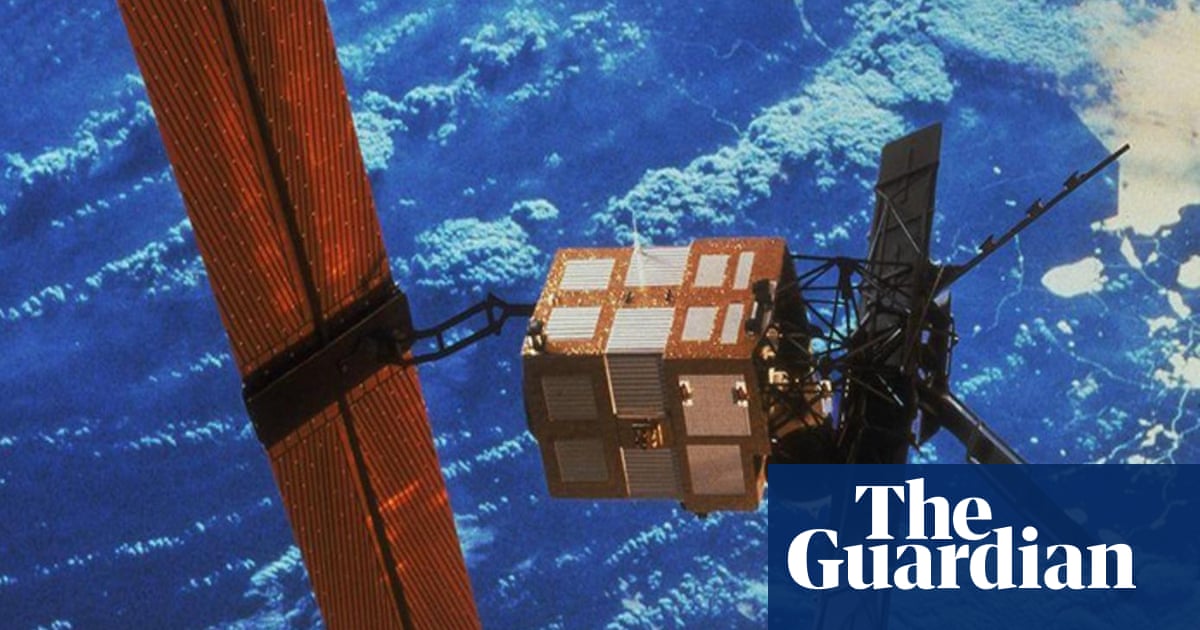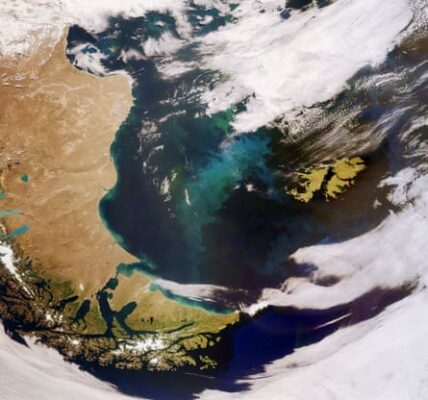After being in orbit for 30 years, an uncontrolled European satellite has plummeted to Earth.

A satellite that was not being monitored re-entered the Earth’s atmosphere on Wednesday, as confirmed by astronomers. It descended somewhere between Alaska and Hawaii.
The European Space Agency announced that ERS-2, a groundbreaking satellite, re-entered the atmosphere on Wednesday at 5:16pm after being in orbit for nearly 30 years. It is believed that the satellite disintegrated, with most of its fragments burning up and the leftovers falling into the ocean.
In 1995, ERS-2 was introduced as the most advanced European spacecraft for observing Earth. The European Space Agency (Esa) stated that it greatly transformed our knowledge of the climate emergency.
Mirko Albani, the leader of the Esa’s legacy space program, stated that it gave us fresh perspectives on our world, the composition of our atmosphere, the actions of our oceans, and the impact of human actions on our surroundings.
In 2011, the satellite was decommissioned and the Esa chose to “de-orbit” it in order to decrease the likelihood of a potential collision with another spacecraft.
On Monday, the Esa shared pictures of the satellite descending towards the atmosphere. These photos were captured from January 14th to February 3rd, while the satellite was still at a height of over 300km (186 miles).
The satellite was moving towards Earth at a rate of over 10km (6 miles) per day, and its descent was accelerating quickly in the last few hours. It is believed that it began to disintegrate and burn up when it reached approximately 80km. The precise timing was challenging to determine due to ever-changing atmospheric factors that can impact the satellite’s drag, as well as its tumbling movement.
Most of the satellite probably disintegrated during reentry, and any remaining debris will likely be scattered across a wide stretch of ocean spanning hundreds of kilometers in length and tens of kilometers in width.
According to the Esa, the likelihood of risks related to satellite re-entries is minimal.
Albani stated that none of the components that could enter the atmosphere again are radioactive or harmful.
Dr James Blake, from the Centre for Space Domain Awareness at the University of Warwick, said: “There are now thousands of active and defunct satellites orbiting the Earth and ERS-2 is the latest to undertake the return leg of its journey as it re-enters the Earth’s atmosphere.
“This is the destiny that awaits uncontrolled satellites and debris unable to resist the pull of Earth’s atmosphere. In fact, operators are advised to expedite the re-entry of their inactive satellites in order to maintain a clutter-free space for upcoming missions.”
Source: theguardian.com



